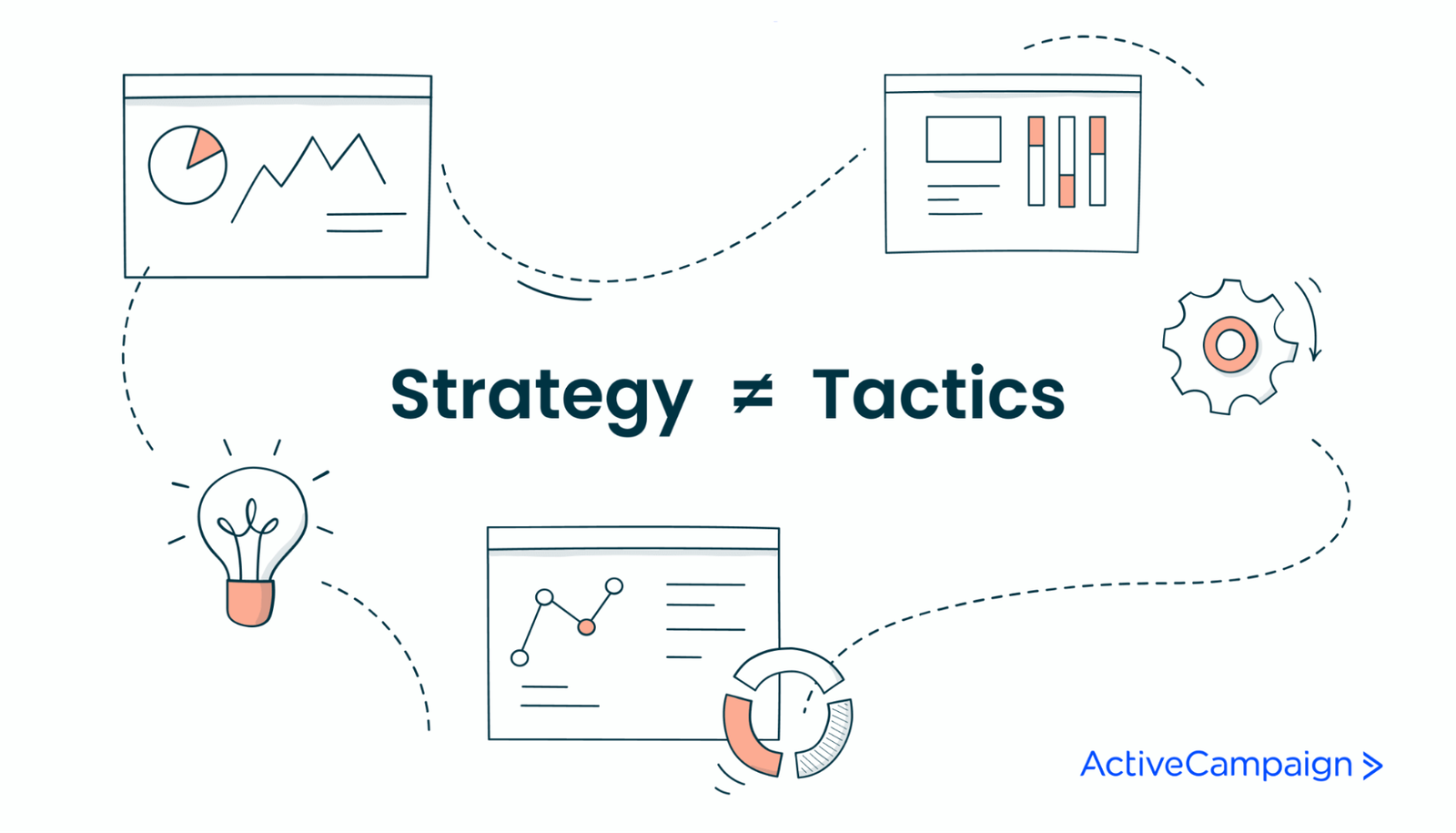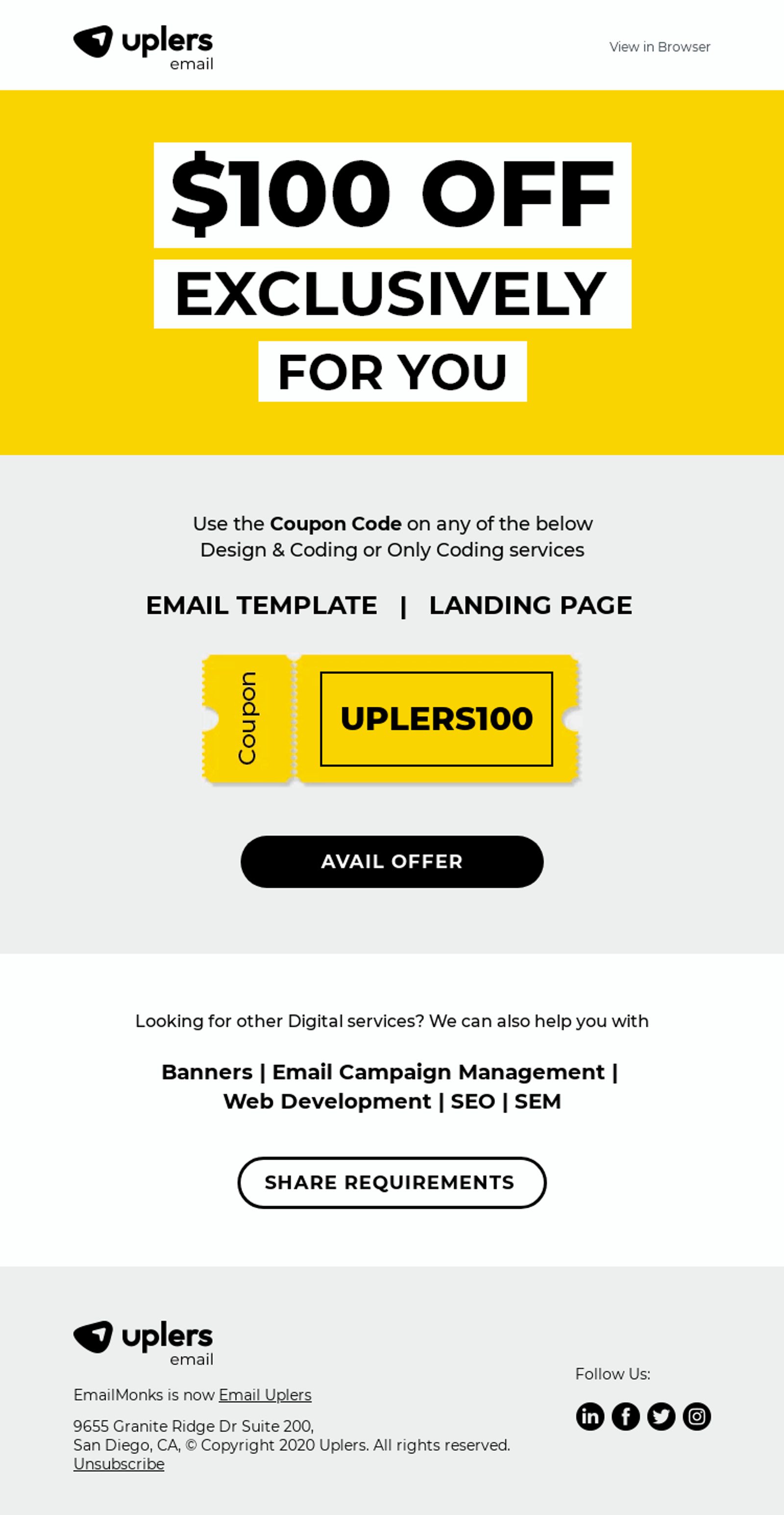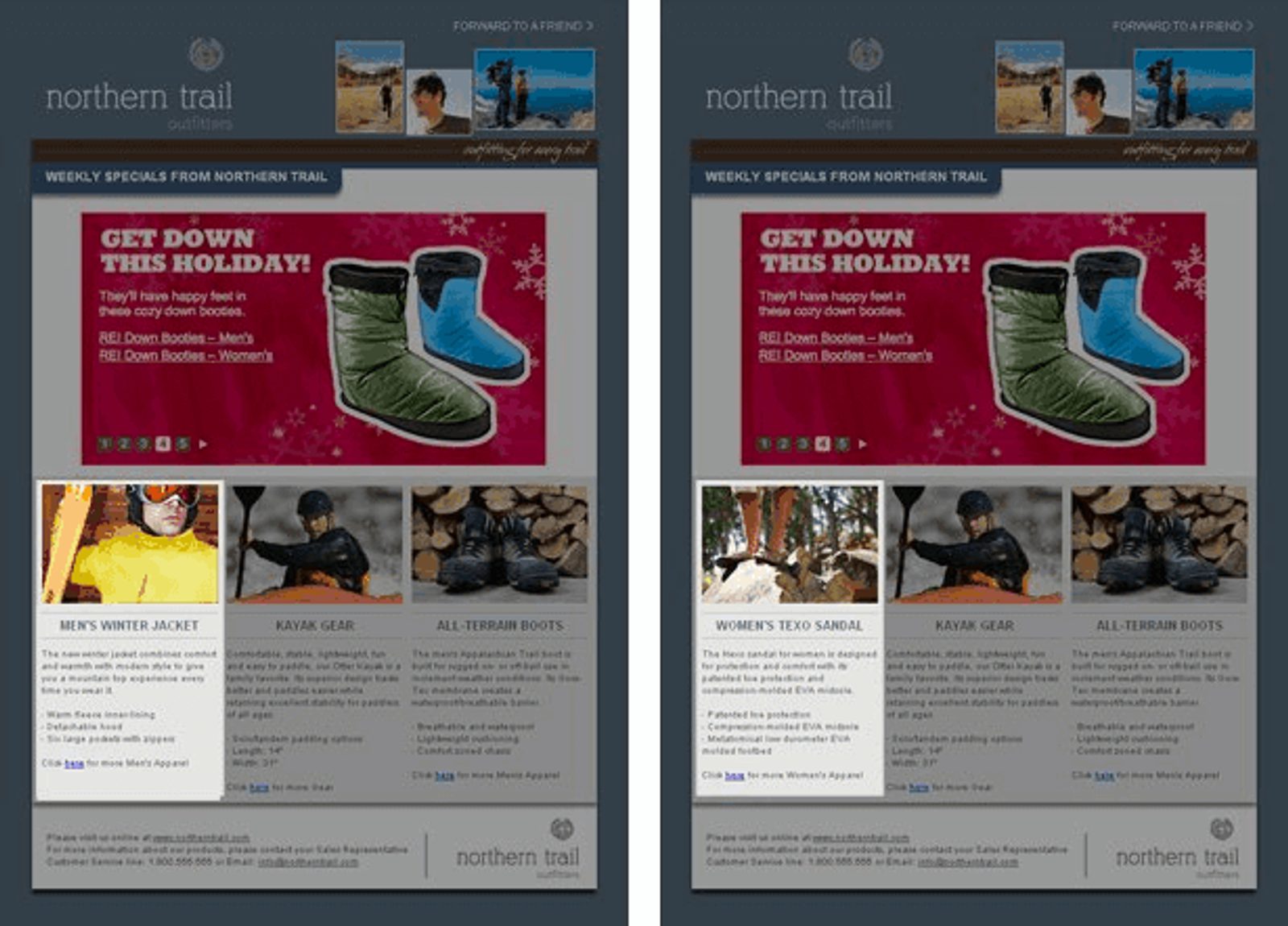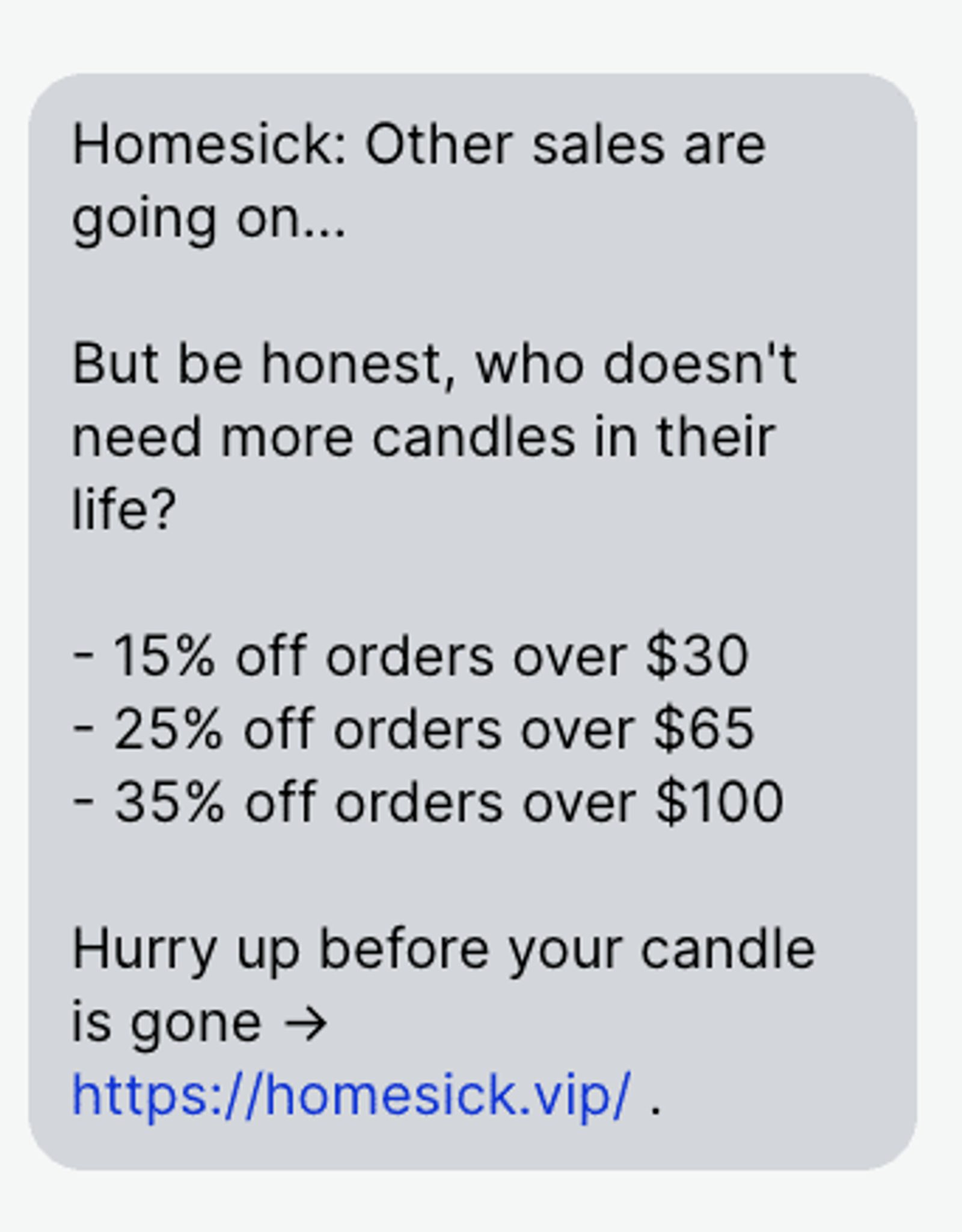Today, marketers have the world at their fingertips when it comes to automation.
We can design complex email sequences to go out on repeat, automate social media and display ads based on customer preferences, and send abandoned cart recovery emails without lifting a finger.
But, this ease of use presents a problem:
Many marketers don’t have a ton of strategy behind their actions. They get straight into the tactical component before thinking through the strategic elements.
In this article, we’re going to focus on the latter.
You’ll discover the 6 important steps in designing a marketing automation strategy and learn how that strategy should inform automation tactics and activities.
Table of Contents
What is a marketing automation strategy?
A marketing automation strategy is an overarching plan behind the marketing activities you decide to automate and those you decide not to automate.
So, let’s get 1 thing clear.
Marketing automation strategies and marketing automation tactics are not the same thing.

Rather, your marketing automation strategy informs the automation tactics you choose.
The strategy is a high-level approach, encompassing customer research, market analysis, competitor comparisons, and goal-setting.
From here, you can choose the marketing efforts that suit you.
A couple of examples of marketing automation tactics include email nurture sequences and remarketing ad campaigns on social media.
Starting with strategy is crucial to determining which tactics will convert. If you find through your research that customers in your sector rarely purchase from targeted social media ads, for instance, then automating this process may be unsuitable.
With this in mind, we’re first going to look at how to build a marketing automation strategy before diving into the specific tactics you might use to reach your audience and convert sales.
How to build a powerful marketing automation strategy in 6 steps
Ready to design a marketing automation strategy to save time and speed up workflows? Just follow these 6 steps.

1. Gather your mission-critical intel
The first step is to pull together all the data you have on your audience, your competitors, and your market.
This includes documents like:
- Total addressable market analysis
- Competitor analysis
- SWOT analysis
- Ideal company profile (ICP)
- Customer personas
To be clear, creating these documents is not part of the marketing automation strategy design process.
Automation strategy is only 1 part of your wider marketing strategy. As such, these tasks should already be completed; this is simply a practice of collating the necessary information to inform automation decisions.
2. Audit your existing marketing activities
Take a look at the marketing activities you’re running right now, and ask 2 questions:
- Which of these activities can be automated?
- Which activities would be better off not automated?
Say, for example, that you’re currently running a series of lead nurture campaigns for leads that aren’t quite yet sales-qualified. Based on their interaction with certain emails, you reroute them (currently manually) to different sequences.
You can automate this with the right email marketing tool.
You might decide, however, that it’s critical for an account-based marketing rep to be involved in writing that first email, as it needs to be highly targeted to the specific customer’s interest. You might choose not to automate in this instance, then.
3. Understand how automation impacts the customer journey
The customer journey is a model marketers use to map out the various steps the typical buyers go through to purchase.
It starts at the reach and engage stage (where you target your messaging to the find prospects) and moves right through the convert and close stages.

You should already have the customer journey mapped out by now; your job here is to understand how automation might impact that journey.
Take, for example, the nurture and educate phase.
You might identify that your potential buyers spend a lot of time looking at comparison posts between you and your competitors.
You could set up an email automation sequence to deliver in-depth comparison posts right to them, saving them time and ensuring you’re positioning yourself as the best option for a given need (i.e., reiterating your value propositions).
4. Identify automation trigger points
Once you have a good idea of the automation recipes you’d like to create, you’ll need to be clear on what triggers that recipe.
In some cases, it may be manual, such as a social media marketing manager initiating a new automated ad sequence.
In others, automation runs can be triggered automatically—for instance, if a customer downloads your ebook and is automatically entered into an email nurture sequence.
5. Explore the limitations of your marketing automation platform
Marketing automation software is your lifesaver here, enabling all of those complex automation ideas you’ve dreamed up.
But not all automation platforms offer the same features (though there is significant overlap).
Take the example we looked at in step 2, where you’d like to automate dynamic email sequences based on user interaction.
A lot of automation platforms don’t have this ability. (ActiveCampaign does, by the way).
You’ll need to make sure your desired automation recipes fall within the confines of your tool’s capabilities or consider switching platforms.
6. Design a plan for reporting and analysis
The last component of designing a marketing automation strategy is determining how you’ll measure the success of your automation strategy and tactics.
This comes down to choosing specific metrics to measure efficacy and ROI and scheduling a regular time to review your marketing automation strategy and adjust as appropriate.
Every 6 to 12 months is likely appropriate for most businesses, though startups and rapidly growing and changing companies might like to step up to a quarterly review cadence.
Use your marketing automation strategy to drive these 7 tactics
Now that you have your strategy sorted, it’s time to decide which marketing tactics will work best for attracting your audience.

Let’s explore 7 examples to illustrate how this whole thing works.
1. Lead nurture email sequence
The lead nurture email sequence is the quintessential example of marketing automation in action.
This automation sequence starts when your customer takes a specific action. That might be downloading your ebook, signing up for an email course, or making their first purchase.
Let’s say it’s the latter.
That customer is then put into a lead nurture sequence and receives a series of emails in sequential order. Say, for example, they receive 1 per week for 7 weeks.
Each lead nurture email sequence has a specific conversion goal in mind. In this instance, it may be to convert that person to a repeat customer by encouraging a second purchase. The final email in the sequence might include a discount code as an additional motivator.

An effective email sequence helps you turn more subscribers into customers.
2. Remarketing ads
Remarketing (also known as retargeting) ads are a marketing automation tactic triggered when a potential customer browses a product on your website but doesn’t go through with the purchase.
Your website pixel captures their data and links with your marketing automation platform to trigger automated ads for that exact product.

These ads are most commonly displayed on social media platforms like Facebook and Instagram but can also be effective as digital banner ads.
3. Social media advertising
Social media advertising is a popular marketing strategy in general, but it’s even better when automated.
For example, let’s say you have a sequence of content you’d like prospective customers to see. One ad isn’t sufficient.
In your marketing automation platform, you might set up a series of 3 dynamic ads, each with different creative and copy, and automate their display on platforms like Facebook and LinkedIn in sequence.
4. Segmented email marketing
The most powerful email marketing automation sequences are segmented by key audience attributes. This ensures that you only send highly-relevant content to each audience segment, thereby improving engagement and conversion rates.
Say, for example, that you’re a sales CRM with a number of different user profiles. Many of your users are real estate agents and insurance companies.
While some email content may be relevant to both, not all of the content you produce for real estate companies will be super relevant for insurance agents and vice versa. Segmented email marketing allows you to send the right stuff to the right people.
Dynamic email content can help you take things a step further.
Take this email from Northern Trail, for instance, which uses dynamic email to tailor content based on recipient gender.

With dynamic content, for instance, you can send a single email to your entire audience but automate a certain component to change based on user data.
5. Abandoned cart emails
Abandoned carts are the bane of the ecommerce world. Buyers add your products to their cart (or bag, or box, or whatever you’re calling it) but don’t go through with the purchase.
Automated abandoned cart emails are a powerful way to regain some of this lost revenue potential without needing to involve a marketing person every time.

Couple your cart abandonment emails with retargeting ads for a 2-pronged approach to cart recovery.
Seamless Marketing Automation Strategy
6. Transactional SMS messages
Transactional emails (like shipping and sales notifications) are a great way to keep customers updated, but they often get lost in the hundreds of notifications your email subscribers receive each month.
SMS marketing can be a powerful way to cut through. You’re sending the messages directly to a customer’s mobile, preventing you from getting lost in their email inbox.

Homesick uses transactional SMS to inform customers about ongoing sales, for example.
7. Welcome email series
Welcome email series are a perfect target for an automation sequence.
This might be triggered when someone signs up for your email newsletter or rewards program after reading 1 of your blog posts that speak to a common industry challenge.
For SaaS companies, welcome email campaigns often begin when a new customer signs up for your product.
This email from Spotify is a great example of an initial automated welcome email.

In any case, the idea of a welcome email sequence is to educate the customer and get them to engage with your product.
For example, you might schedule a series of emails that give users walk-throughs on specific product features with the goal of increasing feature adoption.
Frequently asked questions
What is an example of marketing automation?
One of the most common examples of marketing automation is the email lead nurture sequence.
Here, you prewrite a series of emails. When someone downloads an ebook of yours, your automation is triggered, and the prospect automatically receives that series of emails (often 1 per week).
How effective is marketing automation?
Marketing automation can be seriously effective, but it all depends on how you use it!
Swim University, for example, grew its revenue by 66% using marketing automation like scheduled email campaigns.
Why do you need marketing automation?
You need marketing automation because it’s the only way to run scalable marketing campaigns without investing (read: wasting) hundreds of hours on activities that could otherwise be done by a marketing automation tool.
Conclusion
By automating repetitive tasks, your marketing team can deliver personalized content to your current customers, attract prospective B2B buyers, and provide a better customer experience that improves customer retention and satisfaction.
And they can do it all without needing to lift a finger (except when they set up their marketing automation workflows).
However, none of this is possible without a robust marketing automation solution. Check out ActiveCampaign’s deep suite of marketing automation features, or dive right in and experience the magic for yourself with a 14-day free trial.









